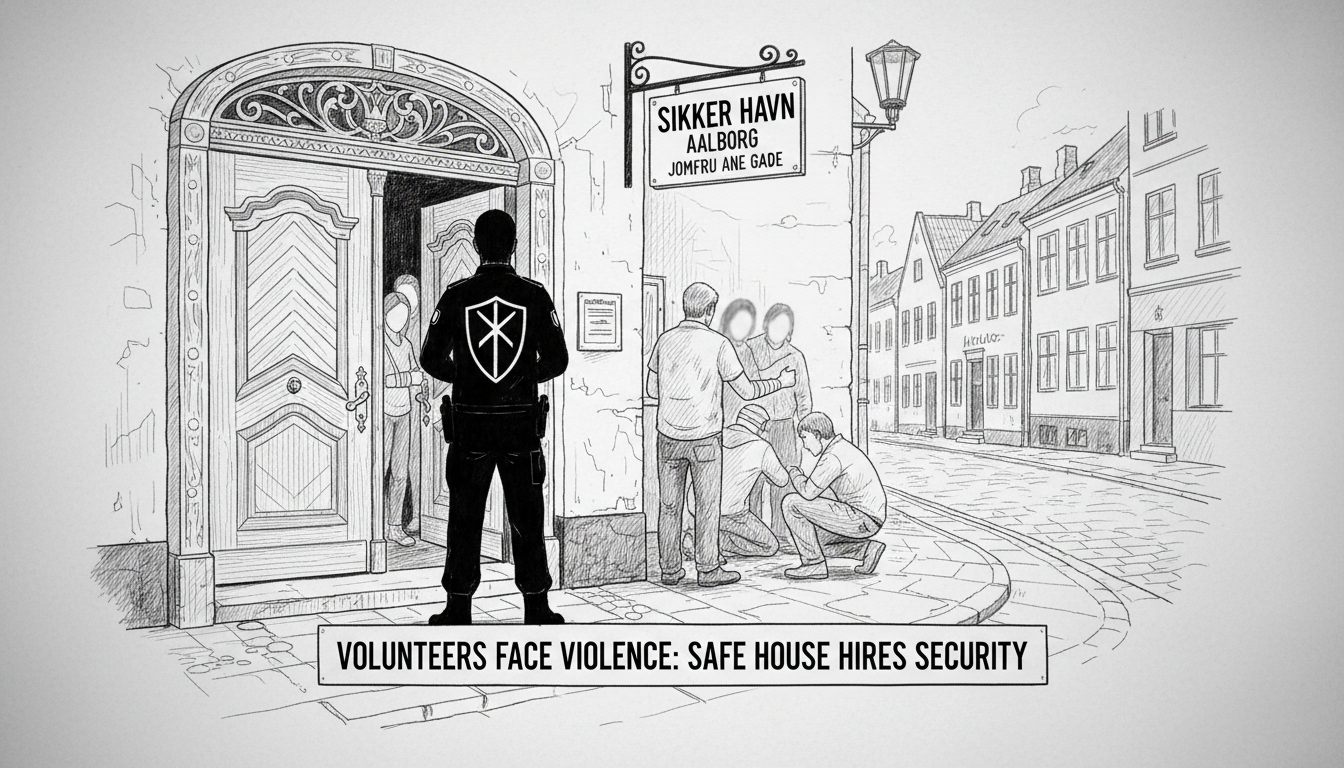Volunteers at Safe House in Jomfru Ane Gade provide safety and support during rowdy nights. They help anyone needing assistance when parties get out of control. But recently these volunteers experienced violence themselves. Now the organization will hire door staff to protect its helpers.
The Safe House team sought funding from local foundations and the municipality. They requested 50,000 kroner for the remainder of the current year. Another 100,000 kroner was sought to cover security costs next year. Martin Bosse, co-founder of Safe House, explained the necessity in a statement. He said volunteers need to feel secure, and other guests deserve protection too. When situations turn aggressive, trained professionals must handle them.
This development highlights growing safety concerns in Denmark's nightlife districts. Jomfru Ane Gade represents one of Scandinavia's most famous party streets. The street spans just 200 meters but contains numerous bars and clubs. Local authorities have long balanced entertainment with public safety in this area.
Violence against volunteers marks a troubling escalation. These individuals typically provide water, first aid, and conflict mediation. Their presence normally de-escalates tense situations. The fact they now need protection themselves suggests changing dynamics in public drinking culture.
Nordic countries generally maintain low crime rates, but nightlife areas present exceptions. Denmark's approach combines municipal oversight with private initiatives like Safe House. The organization represents the type of civil society engagement common across Scandinavia. Local governments often partner with such groups to address social issues.
International observers might find this story particularly relevant. Many foreign visitors experience Nordic nightlife during summer festivals and student events. The situation demonstrates how even well-organized societies face challenges managing public intoxication and aggression.
What does this mean for Aalborg's reputation as a safe party destination? The city attracts tourists specifically for its vibrant nightlife. Security measures must balance visibility with maintaining a welcoming atmosphere. Professional door staff could deter violence while ensuring volunteers continue their vital work.
The funding request reveals practical realities of nonprofit operations. Even essential safety measures require careful budgeting and external support. This reflects broader patterns where Scandinavian social initiatives combine public and private resources.
Will other Nordic cities face similar challenges? Copenhagen's Strøget and Oslo's Grünerløkka districts watch developments closely. As urban nightlife economies grow, protecting both workers and volunteers becomes increasingly important. The Aalborg solution might set precedents for similar interventions elsewhere.
Door security at volunteer stations represents a significant shift. It acknowledges that goodwill alone cannot guarantee safety in certain environments. This pragmatic approach maintains volunteer services while adapting to current realities.

